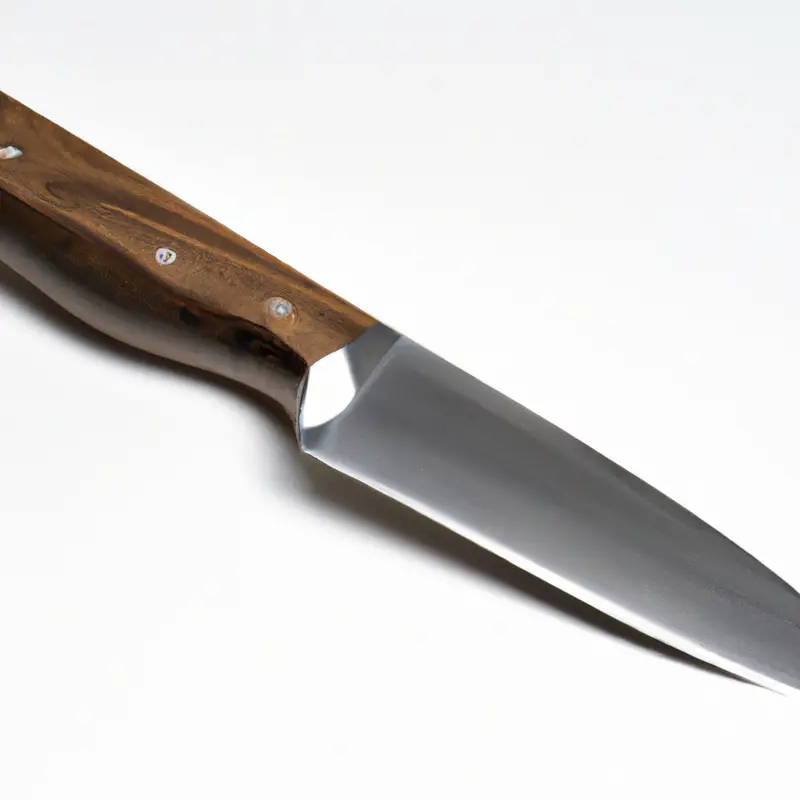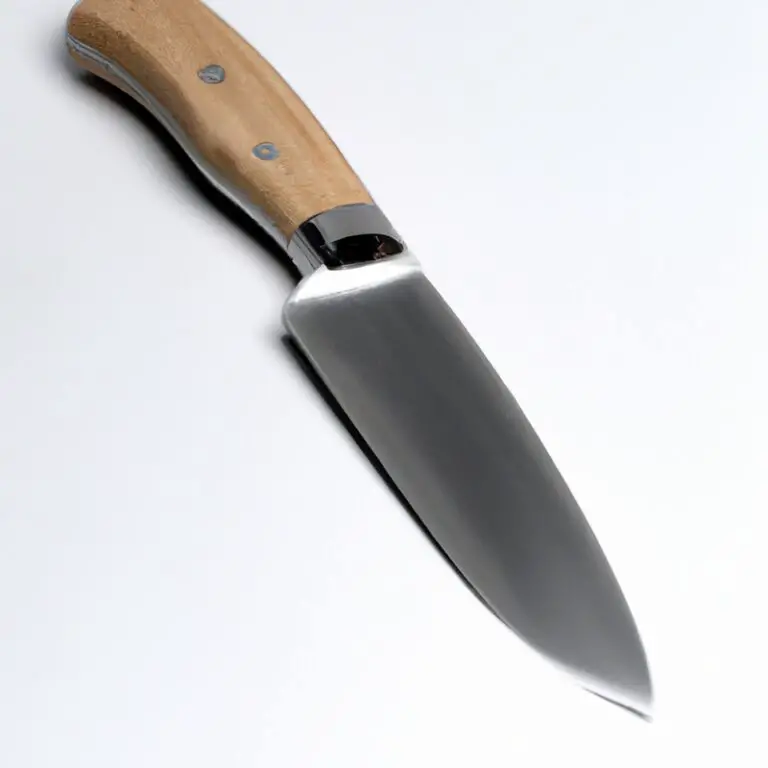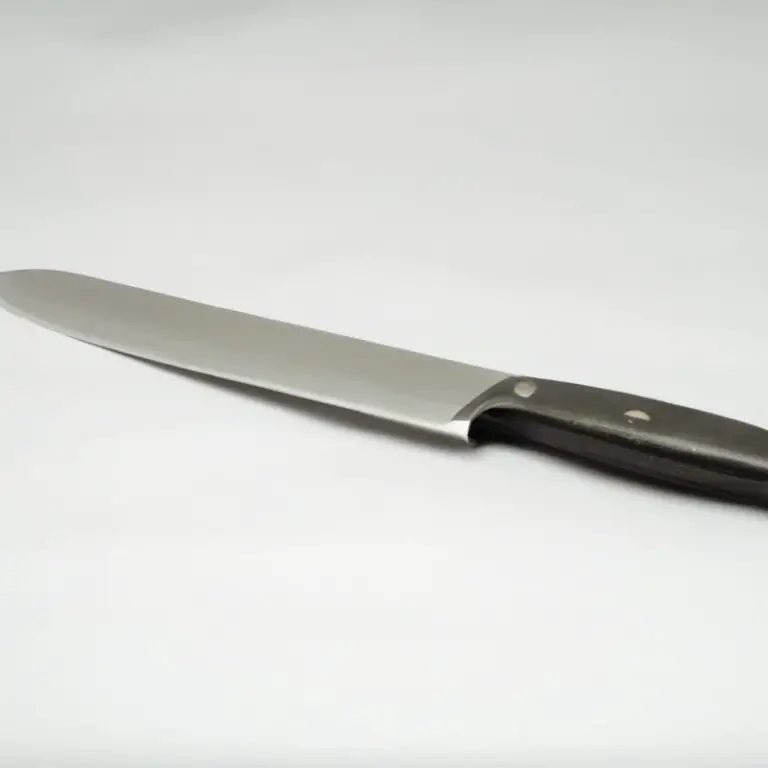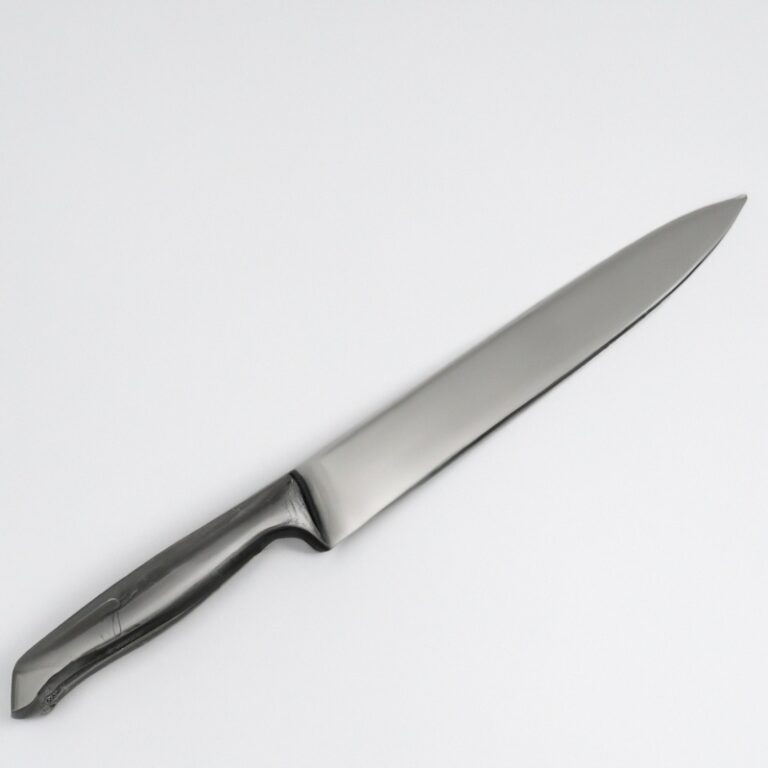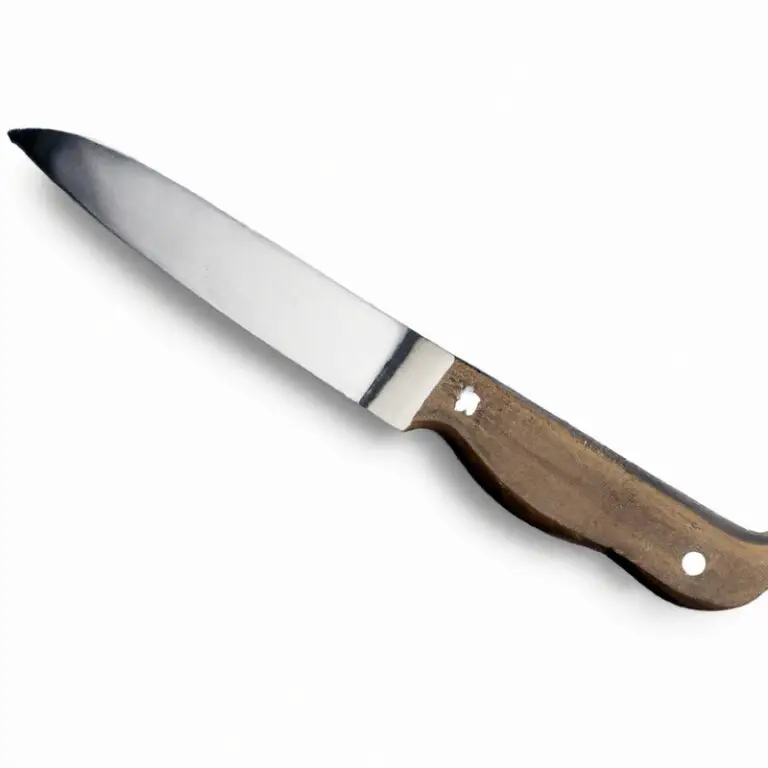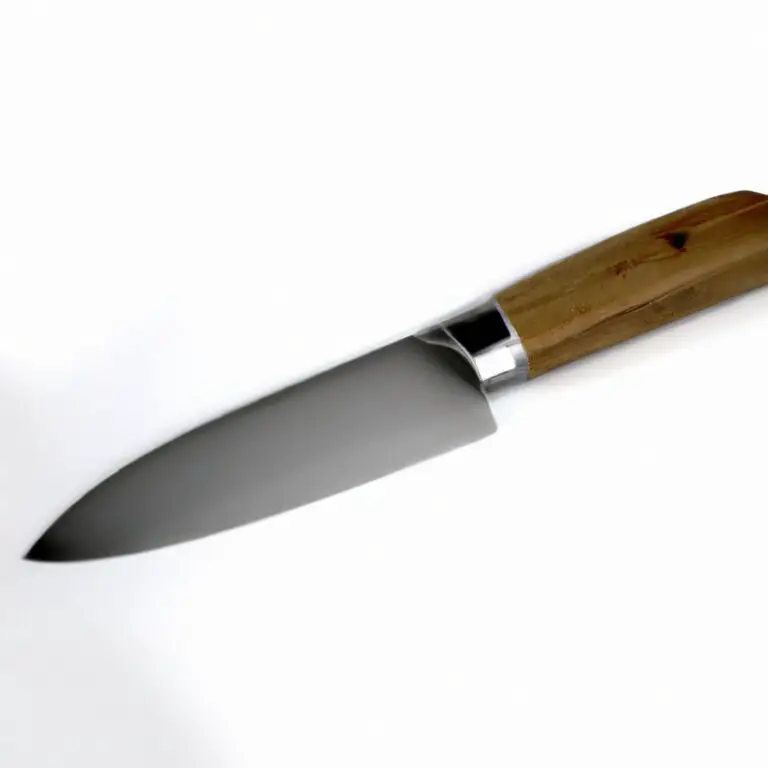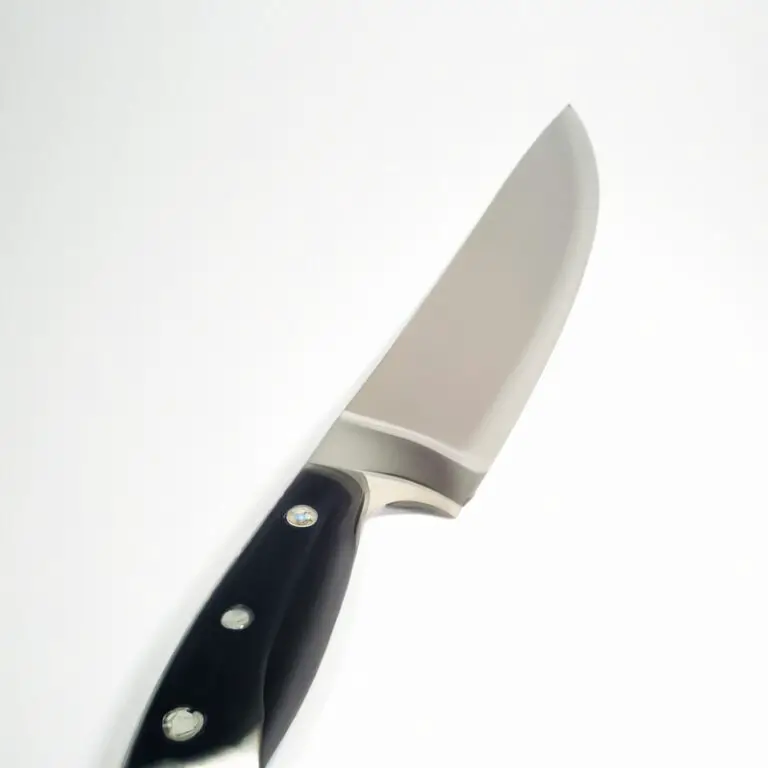How To Fillet a White Bass Using a Fillet Knife? Master It Like a Pro!
Key Takeaways:
- Begin by making an incision behind the gills and cutting down to the spine.
- Use the fillet knife to separate the flesh from the bones, working from the head to the tail.
- Be patient and use a gentle sawing motion to avoid damaging the meat.
- With a little practice, filleting a white bass can be a quick and easy process with delicious results.
Are you tired of struggling to fillet your white bass? Using a fillet knife can make all the difference! Not only does it allow for precision cuts, but it also maximizes the amount of meat you can extract from the fish.
But before diving in, it’s important to understand the anatomy of the white bass and how to prepare the fish for filleting.
In this article, I’ll guide you through the steps for filleting a white bass using a fillet knife, as well as provide tips on removing the skin and deboning the fillet. We’ll also cover safety precautions and how to properly store the filleted fish for future use.
Let’s get started!
| Action | Instructions |
|---|---|
| Gather Supplies | Get a sharp fillet knife, a stable cutting board, and a clean towel to rest the fish on. |
| Prep the Fish | Rinse the fish and lay it on the cutting board, using the towel to keep it from slipping. |
| Cut Behind the Gills | Place the knife behind the gills and cut down until the knife hits the backbone. Then turn the knife and run it along the backbone, keeping the blade flat against the bones. Continue until you reach the tail. |
| Remove the Fillet | Once you reach the tail, flip the fillet over and repeat the process on the other side. This will give you two fillets, one from each side of the fish. |
| Remove the Skin | Lay the fillet skin-side down and cut a small incision between the meat and skin. Hold the skin firmly with one hand and gently slide the knife along the skin, keeping the blade flat against the skin. Once the skin is removed, trim any remaining bones or fat from the fillet. |
| Clean Up | Wipe down your workspace and wash all the supplies used, including the cutting board and knife. |
Why filleting a white bass using a fillet knife is the best method?
Filleting a white bass using a fillet knife is the best method because it allows for maximum yield of edible meat with minimal waste. The sharp, flexible blade of a fillet knife allows for precise cuts that follow the contours of the fish, separating the meat from the bones cleanly and efficiently.
Compared to other methods, such as using a kitchen knife or scissors, filleting with a fillet knife produces fillets with smoother surfaces and fewer bones.
Additionally, filleting with a fillet knife is faster and requires less effort, making it a more efficient method. Using a fillet knife also reduces the risk of injury, as the sharp blade allows for clean cuts with minimal force.
For these reasons, filleting a white bass with a fillet knife is the preferred method for professional chefs and home cooks alike.
Anatomy of a white bass: Understanding the fish structure before filleting
Before filleting a white bass, it’s crucial to understand its anatomy. The fish’s body has a head, spine, and rib cage that run the length of the body.
The rib cage begins at the head and ends at the tail.
The white bass also has a lateral line that runs from the gill plate to the tail. This line serves as a sensory organ that detects changes in water pressure and helps the fish navigate their environment.
When filleting a white bass, it’s important to keep in mind the fish’s structure to ensure maximum yield of the fillet meat and avoid any bones or cartilage remaining in the fillet.
Understanding the position of the bones helps to make the right cuts while filleting. Be sure to use a sharp fillet knife to smoothly separate the meat from the bones.
Proper knowledge and understanding of the anatomy of a white bass are crucial to produce quality fillet meat.
Choosing the right fillet knife and its components
When it comes to choosing the right fillet knife for filleting a white bass, there are a few things to keep in mind. The blade material, length, flexibility and handle of the knife are the main components to consider.
Blade Material: The most popular blade material for fillet knives is stainless steel because of its corrosion-resistant nature and easy maintenance.
High-carbon stainless steel is also a great option for its sharpness retention and durability. Blade Length and Flexibility: The length of the blade depends on the size of the fish.
For white bass, a blade between 6-8 inches is ideal.
A flexible blade allows for easy maneuvering around bones and curves, while a stiffer blade is better for larger fish. Handle: Choose a handle made of slip-resistant material, such as rubber or silicone, to ensure a good grip, even when wet.
A comfortable handle grip can reduce hand fatigue and improve control.
Other components to consider include the shape of the blade, with a curved or tapered blade offering more precision, and whether or not a knife guard is included for safety. Investing in a quality fillet knife with the right components will make filleting a white bass easier and more efficient.
Preparing the fish for filleting: Scaling, gutting, and cleaning
Before you start filleting a white bass with a fillet knife, it’s essential to prepare the fish properly. This involves scaling, gutting, and cleaning the fish.
Scaling involves scraping the scales off the fish’s skin using a scaler or the back of a knife.
It’s important to remove all scales, especially around the head, fin, and tail areas. Next, gutting the fish is the process of removing its internal organs.
Start by cutting from the anus, located below the fish’s belly, and running your knife up to the fish’s gills.
Remove any intestines, gills, and other organs that come out easily. Finally, cleaning the fish involves removing all residual blood and any remaining innards.
Rinse the fish thoroughly with cold water, ensuring that all the nooks and crannies are free from any debris or slime.
Pat the fish dry with paper towels, and it’s ready for filleting. It’s crucial to handle the fish gently during the preparation process.
Rough handling can cause the fish to bruise, which can result in an unpleasant tasting fillet.
By properly preparing the fish for filleting, you’ll have a cleaner, safer, and more enjoyable filleting experience.
Setting up your workspace for filleting: Tools and equipment required
Before starting the filleting process, it’s essential to set up your workspace with the necessary tools and equipment to ensure a safe and efficient experience. Here are the tools you’ll need:
- Fillet Knife: It is a long and flexible knife used to remove the fillet from the fish’s bone. Choose a fillet knife with a sharp, thin, and flexible blade.
- Cutting Board: Use a sturdy and stable cutting board made of wood or plastic. Avoid using glass, marble, or other hard materials that can dull or damage the knife’s edge.
- Gloves: Wear food-grade gloves to protect your hands from cuts, fish scales, and bacteria.
- Fish Scaler: Use a scaler or knife to remove scales from the fish’s skin.
- Tweezers and Pliers: Use pliers and tweezers to remove the tiny bones from the fillets.
- Paper Towels: Keep paper towels handy to wipe your hands and clean the fish.
By ensuring you have these tools and equipment available, you will have a seamless and enjoyable filleting experience.
Step-by-step guide for filleting a white bass with a fillet knife
Step-by-step guide for filleting a white bass with a fillet knife:
- Hold the fish securely by the head and tail. Cut just behind the head and down to the spine in one motion.
- Turn the blade and cut along the spine, keeping the blade flat against the bones.
- Use your fingers to gently pull the fillet up and away from the bones.
- Remove the ribcage by cutting between the bones and the flesh.
- Cut through the skin along the length of the fillet, being careful not to remove any flesh.
- Flip the fillet over and repeat steps 1-5 on the other side.
- Use a fillet knife to carefully remove any remaining bones from the fillet.
- Repeat steps 1-7 for the second white bass.
Remember to always use a sharp fillet knife and work carefully to avoid injuring yourself or damaging the fillet. And with these steps, you can successfully fillet a white bass using a fillet knife.
Removing the skin: Techniques and tips for a clean and easy removal
Removing the skin from a white bass fillet is an important step in the filleting process, and doing it correctly will ensure that you have a quality fillet for cooking. Here are some techniques and tips for a clean and easy removal:
- Start by placing the fillet skin-side down on a cutting board. Use a sharp fillet knife to make a small incision between the skin and the flesh, near the tail.
- Hold the knife at a shallow angle and work it along the skin, gently separating it from the flesh as you go. Take care not to cut too deep into the flesh, as this will waste valuable meat.
- Once you’ve worked your way along the length of the fillet, use your fingers to pull the skin away from the flesh. If the skin is still sticking, use your knife to help loosen it.
- Repeat the process for the other side of the fillet.
- For a really clean fillet, you can use a pair of pliers to grip the skin and pull it away from the flesh. This can be especially useful if the skin is being stubborn.
- If you’re having trouble getting a good grip on the skin, try using a paper towel to help grip it more firmly.
By following these techniques and tips, you’ll be able to remove the skin cleanly and easily, leaving you with a quality fillet for cooking.
Deboning the fillet: Tips and tricks for maximizing yield
Deboning the fillet is crucial for maximizing yield while filleting a white bass. Here are some tips and tricks to help you get the most out of your fish:
- Use a sharp fillet knife to make precise cuts and avoid leaving meat on the bones.
- Start at the tail end and work your way towards the head, cutting along the backbone to separate the fillet from the ribcage.
- Use the tip of the knife to carefully remove the pin bones running down the center of the fillet.
- When removing the skin, angle the knife downwards and cut slowly to avoid taking off too much meat.
- To remove bones from the belly, use a pair of tweezers or pliers to gently pull them out.
By following these tips and tricks, you can debone your fillet efficiently and maximize the amount of meat you get from your white bass.
How to handle tricky areas like the head, ribcage, and belly?
When filleting a white bass, dealing with tricky areas like the head, ribcage, and belly requires some additional attention. For the head, make an incision behind the gills and cut towards the spine.
Then, cut around the head to remove it.
For the ribcage, start by making a cut just behind the head down to the backbone. Next, take the blade and carefully cut along the rib bones, using controlled pressure to avoid puncturing the internal organs.
When it comes to the belly, start by cutting through the skin along the belly.
Then, insert the blade between the flesh and rib bones and cut along the bones to remove the belly meat. These areas can be tough to handle, so take your time and be patient to avoid any unnecessary waste or damage.
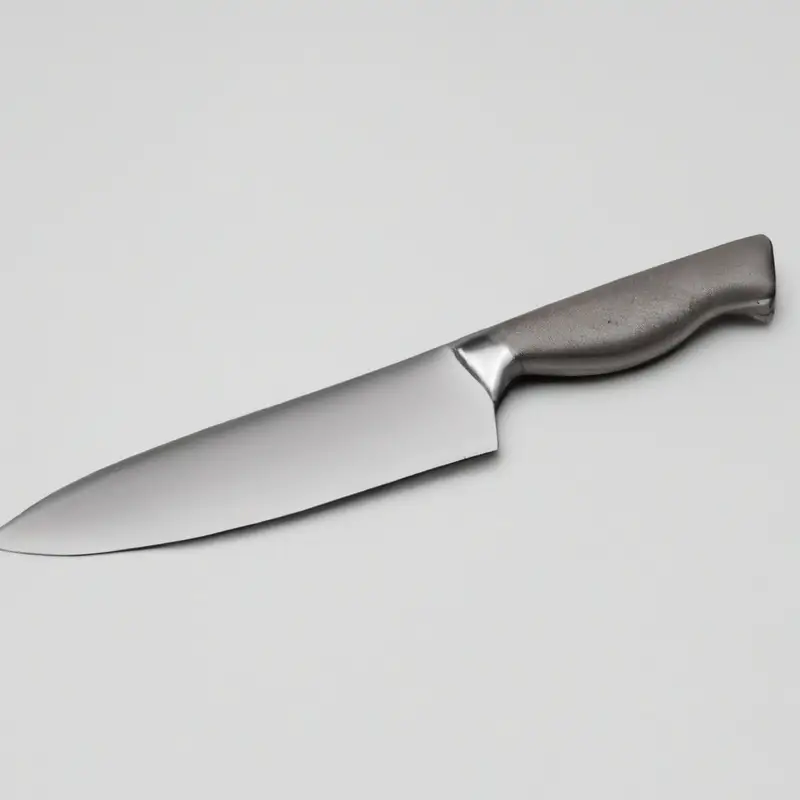
Safety tips and precautions to follow while filleting a white bass
It is crucial to follow safety tips and precautions while filleting a white bass to avoid injury. Here are some tips to keep in mind:
- Use a sharp fillet knife to avoid applying excessive pressure that can cause the knife to slip.
- Always keep your fingers and other body parts away from the blade’s cutting path.
- Use a cutting board with a non-slip surface to prevent the fish from moving while filleting.
- Keep the workspace clean and dry to avoid slipping and falling.
- Use a pair of fisherman’s pliers to assist in holding the fish steady while making cuts.
- Always cut away from your body, using a dragging motion with the knife
- Wear protective gloves to enhance grip and avoid cuts.
By following these precautions, you can ensure a safe and smooth filleting process without injury.
Proper way to store the filleted fish for later use
To store your filleted fish for later use, first, make sure the fish is properly cleaned and cooled. It’s best to place the fillets in an airtight container or plastic bag to prevent any air from getting in.
Then, store the fish in the coldest part of your refrigerator, typically at a temperature between 32-38°F.
If you don’t plan on using the fillets within a few days, consider freezing them. Wrap the fillets tightly in plastic wrap or aluminum foil and then place them in a labeled freezer bag with the date.
This will help you keep track of how long they’ve been frozen.
When you’re ready to use the frozen fillets, thaw them in the refrigerator overnight or in cold water for several hours. Avoid thawing them in warm water or at room temperature as this can cause the fish to spoil.
Properly stored and thawed fish can last up to six months in the freezer.
Cooking tips and recipe ideas for white bass fillets
Cooking Tips and Recipe Ideas for White Bass Fillets:
- Pan-Seared White Bass Fillets: Start by seasoning the fillets with salt and pepper, then heat a pan with butter and olive oil. Add the fillets skin-side down and cook until crispy, then flip and cook the other side until fully cooked. Serve with lemon wedges.
- Grilled White Bass Fillets: Brush the fillets with olive oil and sprinkle with salt, pepper, and your favorite herbs. Grill over medium-high heat for about 4-5 minutes on each side, until cooked through. Serve with a side of grilled vegetables or a fresh salad.
- Baked White Bass Fillets: Preheat the oven to 375°F and line a pan with parchment paper. Season the fillets with salt and pepper and place them in the pan. Drizzle with olive oil and bake for 15-20 minutes or until fully cooked. You can also add chopped tomatoes, garlic, and herbs to the pan for extra flavor.
- Fish Tacos with White Bass Fillets: Season the fillets with cumin, chili powder, and paprika. Heat a pan with oil and cook the fillets until golden and fully cooked. Serve in tortillas with coleslaw, avocado, lime juice, and salsa.
- White Bass Cakes: Mix the flaked white bass fillets with breadcrumbs, egg, mayo, mustard, and your favorite seasonings. Shape the mixture into patties and pan-fry until golden. Serve with a side of tartar sauce or remoulade.
Remember to always cook fish to a safe internal temperature of 145°F and to remove any bones before serving. Enjoy your delicious white bass fillet dishes!
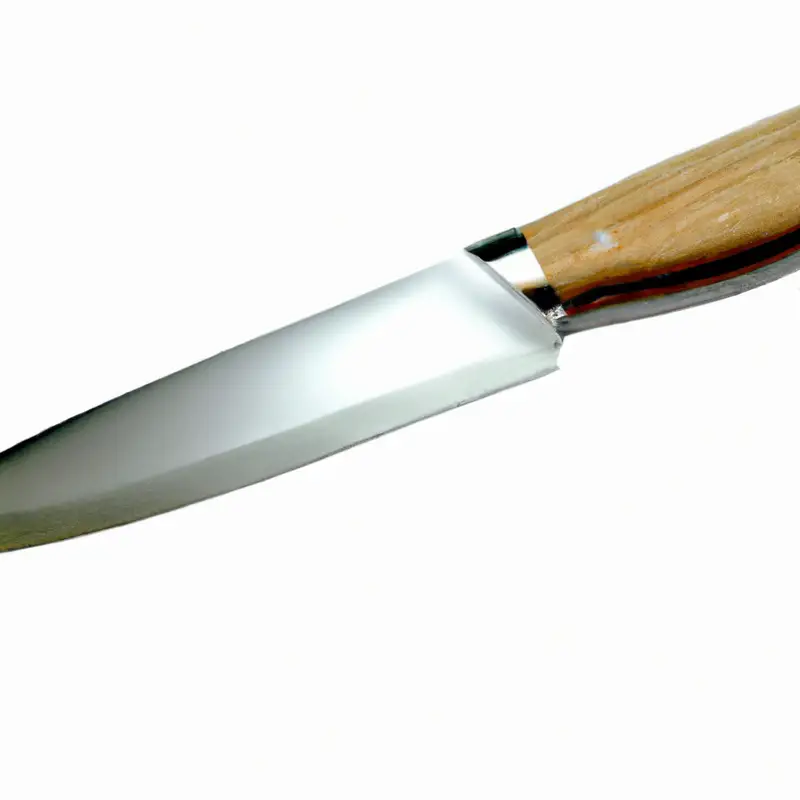
Final Verdict
Filleting a white bass using a fillet knife is a simple and effective method that can yield delicious results. By understanding the anatomy of the fish, choosing the right knife and components, and preparing your workspace, you can successfully fillet a white bass in no time.
With the step-by-step guide and tips provided, you can confidently remove the skin and debone the fillet, ensuring maximum yield.
Remember to always follow safety precautions and proper storage methods to maintain the quality of your filleted fish. Whether you fry, grill, or bake the fillets, white bass is a versatile fish that can be enjoyed in a variety of recipes.
By mastering the art of filleting, you can showcase your culinary skills and impress your guests.
Keep practicing and exploring new techniques and recipes to elevate your cooking game. Happy filleting!

